
El Rebozo

Rebozo is a handwoven shawl used in the Mesoamerican traditions for many purposes, and it’s a vital companion in different life transitions especially for the women. The journey together with the rebozo starts in Mexico as early as in the womb, as the mother uses it e.g. to cover herself, to tie the belly and to receive some manteadas, rebozo massages. Rebozo has been used traditionally also to massage and accommodate men and also men do give rebozo massages.
The rebozo that mostly is visible is the rebozo that’s used for everyday living. Usually it is used for covering the head from the sun and as a padding to carry baskets, to cover the shoulders from the wind and as a bag to carry products and children. People marry using a rebozo, people mourn using a rebozo, people dye using a rebozo and people are born to be wrapped in a rebozo. It is often given as a gift or as a heritage from the elders to the younger generations.

Woman with toddler in a rebozo, photo credits mexico en fotos
As it is part of everyday living it is part of traditional medicine as well. When you see a traditional midwife walking on the street, she might have a rebozo hanging on the shoulder and a few moments after she might be giving a rebozo massage to accommodate the baby inside a mother’s belly or to give a fertility treatment.

Petalo Gris rebozo. Photo credits Antama
Festive and ceremonial rebozos are also used and are made with beautiful silk threads, feathers and more complex weaves to achieve a piece of art that is folded on one shoulder as a part of the festive outfit.

Gracia rebozo collection. Photo credits Antama
Culture and Origin:
In the ancestral times people on the land of Mexico used to weave fabrics from local materials with a backstrap loom. In the old days, fabrics that were quite similar to the rebozo and with similar usage and were made from different local materials like ixtle, wool and native heritage cotton. There is historical evidence for example in various codexes, illustrating the Mesoamerican ancestral culture, about the use of mamatl, ayates and in some codex there can even be seen some fringes added to some of them.
Backstrap looms are widely used around Mexico. After the invasion new techniques, like the use of a pedal loom, and materials were introduced and later on fusioned in the making of the fabrics, and the rebozo as we know it, was born.

Pedal loom where we weave our Gracia rebozo collection. Photo credits Antama
By rebozo weaving many of the ancient techniques have stayed alive to the present day culture. Rebozos are still woven by indigenous people in Mexico, and our rebozos are made by the Zapotec artisans. Rebozo can be seen as a symbol of the indigenous resistance, the capacity of adaptation and self sustainability, and as a tool to transmit and maintain local economy, cosmovision and traditions.
The Rebozo word itself comes from Spanish and in Mexico there are other words used for the rebozo type of fabrics in the indigenous culture and languages.
The traditional words in different indigenous languages mean like : "woman's veil" (ciua necuatlapacholoni - Nahuatl) and "fabric of thousand colors" (cenzotl - Nahuatl).

Organic natural dyed silk rebozos from Antama. Photo credits Antama
There are many types of Rebozos in Mexico and each region has their own style of weaving them. The climate has affected the materials used in different regions; for example in Oaxaca's chilly mountains rebozos are traditionally made out of warm sheep wool, on the valleys they are made out of cotton and in towns with silk worms the rebozos are made out of beautiful silk combinations.

Nixtamal rebozos from Antama. Photo credits Antama
Rebozo is declared as a Mexican cultural heritage and symbol of Mexican identity. The use of rebozo was somewhat disappearing in the city cultures but there has been a large movement inside the country to take back the rebozo use also among the people living in cities. However, if you walk a little outside from Mexico City and especially in the rural areas, you will find out that the rebozo never disappeared and is strongly alive. Mexican fashion has also taken the rebozos as a part of the production and beautiful traditional rebozos with new designs and ideas are introduced to the public around the country.
Nowadays it gives a sustain for many hundreds of local families that have preserved the skills of weaving. Rebozo is a big part of Mexican culture and has inspired many painters, musicians and poets throughout history. Rebozo festivals and exhibitions are organized in different parts of the country.
Rebozo in pregnancy, birth and postpartum:
 Passiflora and Red tent rebozos from Antama. Photo credits Zuzana Laubmann
Passiflora and Red tent rebozos from Antama. Photo credits Zuzana Laubmann
Maybe the most common rebozo at the side of the famous rebozos used by Frida Kahlo, are the rebozos used in the birth processes. Thanks to traditional Mexican midwives like Angelina Martinez Miranda and Naoli Vinaver the rebozo was introduced as a cultural exchange element to midwives, doulas and active mothers around the world especially in conferences led by midwives.
Cultural exchange is explained as a broad definition given to any mutual sharing of information, usually cultural, between two or more species for the purpose of improving friendship and understanding between them.
-
an exchange of students, artists, athletes, etc., between two countries to promote mutual understanding.
The wisdom of using a rebozo has traditionally been passed from midwife to apprentice, from mother to daughter, from grandmother to granddaughter and so on. It’s based on oral tradition and ancient wisdom that’s been taught by observation and practice, by repetition and guidance to achieve integral balance to the mother-baby unity.

Desierto cobre rebozo. Photo credits Antama
Pregnancy:
A traditional way to use a rebozo during pregnancy is by tying it on the waist to support the beautiful growing pregnant belly. Women in rural areas usually do a lot of physical and manual work without machines and the rebozo gives a nice firm support to go on with the everyday living also on the mountain areas.
Keeping the body, uterus and kidneys warm is an essential part of Mexican traditional medicine and cotton and other natural ingredients are preferred to be used as they at the same time warm up and guard the warmth of the waist, belly and womb. It is warming also during menstruation or during transitions in life, physical or spiritual.
Traditionally rebozos are used to massage the woman’s body by moving it rhythmically, during the pregnancy, in birth and at the postpartum period, to achieve positive effects on the mother and baby.
Some of the beautiful benefits of using a rebozo in pregnancy are e.g. to balance and relax the pelvis, uterus and ligaments to allow more room for the baby to rotate into the optimal position for birth.
Birth:
In birth it is used to ease pain, to work with the pressure waves in birth, to relax and connect with the body and the baby and to build birth space and privacy.
There are both simple rocking and sifting movements used to help to ease muscle, ligament and joint pains and to relax and make room for the baby in pregnancy and to ease the labor process. These are quite easy to do and fast to learn, soft movements. However the practicant should be aware about the birth process and situation and to know which areas she/he is moving to achieve balance in the mother-baby.
Then there are more complicated and complex movements that are done by midwives that are initiated to do it. These treatments are made to rotate the baby in the belly, to fasten the birth and to infertility treatments to name a few. These should not be made at home or by persons that have not received the full process of training in doing so from a traditional midwife. These movements are part of a deep integral understanding that is achieved over years in practice.
An intervention in birth, even our observation, a word or the use of a rebozo, is an intervention so the art of the rebozo is to know when to sit on the hands and when to use it. When to act, when to be still. When to say something and when not. I really invite us to come out of the acting-perspective to the listening and holding the space- attitude.
Postpartum:
A rebozo can also be used in the postpartum period in the sealing ceremony, which consists of different parts, like a herbal bath, a full body massage and a rebozo massage. It is seen that in the pregnancy and birth the soul and body of the mother expands to receive and transmit new life and the ceremony is made traditionally in Mexico to “close” the body physically and energetically and to help the organs and womb to return to their correct places, to help in a life transition and close a spiritual cycle, to center the energy and to give a moment of love to the body and mind of the mother. It’s a ceremony made normally by a midwife or another trained person and often as a continuum of care.
Rebozo is traditionally used also to carry babies, and can be done with the very same rebozo that accompanied the woman during the pregnancy and birth.
It is also a great baby blanket, a cover for the sun, a towel on the beach and the list goes on. Rebozo is definitely handy and for everyday living of a parent.

Pregnancy belly binding with a rebozo, photo credits Antama
Cultural Appropriation
Social justice and cultural appropriations are themes that are talked about now more than before. Cultural appropriation is described as:
Cultural appropriation, at times also phrased cultural misappropriation, is the adoption of elements of one culture by members of another culture. This can be controversial when members of a dominant culture appropriate from disadvantaged minority cultures. Because of the presence of power imbalances that are a byproduct of colonialism and oppression, cultural appropriation is distinct from equal cultural exchange. Wikipedia
Examples of cultural appropriation in birth culture that have been raised up are when some people feel molest when people from other cultures use names of their culture to name things that are only partially connected with their tradition. Examples on this are Blessing way to mean only a ceremony of transition to motherhood or welcoming a baby when in the original context it has a bigger meaning or the use of the word rebozo to call any synthetically made scarf that is carried on one shoulder and made who-know-where or to use the rebozo to name a “one shoulder carry” in babywearing.
As opinions on cultural appropriation vary depending on the person, culture and context I will share the concerns I’ve personally heard coming from the mouths and hearts of the Traditional Midwives of Mexico.
 Parteras of Michoacán. Photo credit Javier Guerrero
Parteras of Michoacán. Photo credit Javier Guerrero
Cultural context of traditional midwifery in Mexico:
Traditional Midwives have been and are in service of the pueblo (people). Often, almost always, they have dedicated their whole lives to serve the well being of their communities. Often they are yerberas (plant healers), counsels, sobadoras (masseur) and curanderas (healers). Many have made huge personal sacrifices in the name of the health of the village. Working with local people of the villages often they are paid little or none. Generosity is one of the words that characterize the traditional midwives.
The cultural context and history of traditional midwifery in Mexico is and has been a bit conflicted. The government of Mexico recognizes them in the constitution but at the same time promotes campaigns and laws that try to limit the availability of the midwifery services to the families or directly threatens (illegally) the midwives.
In Mexico, there is a history of dispossession of traditional wisdom. For example, in the area of plant medicines many biologists, anthropologists and doctors have presented to yerberas, healers and midwives during the years collecting information. After the wisdom keepers have shared their knowledge with these people they have vanished, used the information on their own welfare, never mentioning the teachers and sometimes even taking actions against them by for example trying to patent some plants or make regulations on who can use them (authorized often by the same institutions or allies who made the dispossession).

Traditional midwife making a treatment in Oaxaca, photo credits Antama
So the concern on how the information is used is real for the midwives. Midwives are moved to tears as they share how hard their path of service has been and how some people come and take the wisdom they share and “vandalize” it.
At the same time many have expressed they do not want to take all that wisdom to the grave but want to transmit it to the apprentices that are ready to respect, guard and to put it in practice to serve their communities, they want the wisdom to be there for the people. Midwives like to know that the skills they have taught are used properly.
As many midwives are eager to share their knowledge it is our responsibility to embrace that wisdom and to use it with their blessing and with respect.

Traditional midwife giving a class to midwifery students, photo credits Antama
Therefore:
Please look for these abuelas and abuelos that want to transmit their wisdom on midwifery and the art of the rebozo. Finding a partera (traditional midwife) and spending time in her teaching is what allows the person to understand more about the cultural backgrounds and cosmovision of the first nations.
Midwives have expressed the wish that the rebozo would not be taken all away from its cultural context. As the rebozo use has been transmitted from one generation to another, in the Mexican tradition of giving honor to the ancestors and teachers plays a big part of the rebozo use as well. As the complete cultural context can never be transmitted to a new group of people in a new culture, in another cultural heritage and context, the midwives wish the important part would be present, which is the respect and honor and the understanding when it is necessary to use the rebozo and when not.
Honoring the teachers that generously shared her life wisdom is so important when sharing her knowledge to others. At least naming them in the moment of the treatment is placing the honor where it belongs and from there it's transmitted to the generations before.
It’s placing order and harmony, it’s honor and back up.
In the practice we remember the generations that came before us, mention our teachers name, honor and respect the wisdom received, the grandmothers and their wisdom that now helps us to support health and life on this earth in this moment and cultural context. Life is not the same either in Mexico now and 100 years ago, but the ways of supporting life are in the essence equal.

Antama rebozos in pregnancy photo shooting, photo credits Antama
Traditional midwifery sees the mother-baby as an integral unity where the well being of the mother transmits well being to the baby. The emotions, physical body and spiritual wellbeing all pay a very important role in it. So when a rebozo is used it is accompanied with the intention to bring light and life to all these levels of existence. You can not separate the traditional midwife from her cosmovision, culture and spirituality, or the importance of seeing how the mother is doing emotionally. Therefore the word ”ancient technique” sounds to some parteras as misleading, as it can sound to people as a physical performance without the observance and understanding of the deeper levels of the situation and also, ceremonial purposes. In the end, rebozo is an extension of the hands of these grandmothers and it is the unity of intention, wisdom and physics that make the magic, not repeating "mechanically a technique”. It really is ancient wisdom transmitted from one generation to another.
 Parteras in Oaxaca. Photo credit Unknown
Parteras in Oaxaca. Photo credit Unknown
What it becomes to the rebozo, a partera often does not even use it. In the prenatal meeting for example it might stay on her shoulder for the whole time. Sometimes the listening of the mother and a sobada (womb and body massage) is just enough to relax and balance the mother-baby. Other moments she might feel that a deeper relaxation and balance could be helpful and with a rebozo it can wonderfully be achieved. In the end it is the listening and observance that transmits much to the midwife and mother, not the way of acting and performing routines. A traditional midwife enters with respect and by asking permission to enter the space of the mother-baby. The space of the mother is also the space of the baby.
And in the end, the midwives see the ancient traditions are here to help humanity, and the rebozo is a good example of it.
Rebozo hanging, photo credits Antama
Some quick Check-Ups to the art of the Rebozo:
- Look for legitimate tradition wisdom keepers. Learn from the source. Be humble and embrace the wisdom you have been gifted with. Spend time with your teacher and get to know her/his service on a daily basis. Travel to the culture you are learning from, learn about the cosmovision of the person, the spiritual and cultural backgrounds. Be curious to learn and check on what level of understanding you are. Make humble self appraisal on your skills.
- If you are not able to travel but are privileged to have money you can also invite these wisdom keepers, traditional midwives, to your country and prepare an intensive training with them. Bringing the wisdom to another culture will not open the cultural backgrounds as well as traveling to the origin, but learning from the original source is essential. There are also persons around that are blessed by the midwives to teach other persons.
- Go as far as you are authorized to go. If you are not sure of your limits, go back to your teachers to clear it out. The authorization in tradition is a personal process that takes time, maturation, patience, practice and observance. Midwives in Mexico have traditionally received the authorization to practice as a personal blessing from their teachers and community. This process might have taken even decades! If someone is granting a certifications to become a “rebozo master” or trademarking it, it's good to investigate if that person really has the blessing to do it. Do not invent or say you ”discovered” something traditional or use it as something exotic.
- Always mention your teachers and where you learned what you learned. Now at the time of social media honoring a teacher publicly does not mean to upload her face to the social media without her permission.
You can find our rebozos here
READ ABOUT THE WEAVERS BEHIND ANTAMA HERE TO READ
ABOUT HOW TO TAKE CARE OF YOUR REBOZO CLICK HERE
 Petalo Mint rebozo from Antama, photo credits Antama
Petalo Mint rebozo from Antama, photo credits Antama
This article is made in honor and gratitude for my teachers that share their wisdom and midwifery secrets with me.
Honoring with immerse gratitude my midwife teachers Ela Carolath, Cristina Galante, Araceli Gil, Suely Carvalho, Angelina Martinez Miranda, Doña Queta, Yolanda, Chuyita, Doña Irene, Doña Paulina, Angelina Sacbaja.
¡Muchas gracias!
This is an all time transforming article. Sometimes I'm correcting typos, sometimes I add information or edit already written phrases. It's transforming due what I feel is important to describe or go to deeper.
Sources
History:
http://www.amigosmap.org.mx/2014/08/30/el-rebozo-una-prenda-de-identidad-mexicana/
https://franzmayer.org.mx/blog/la-coleccion-de-rebozos-de-robert-everts/



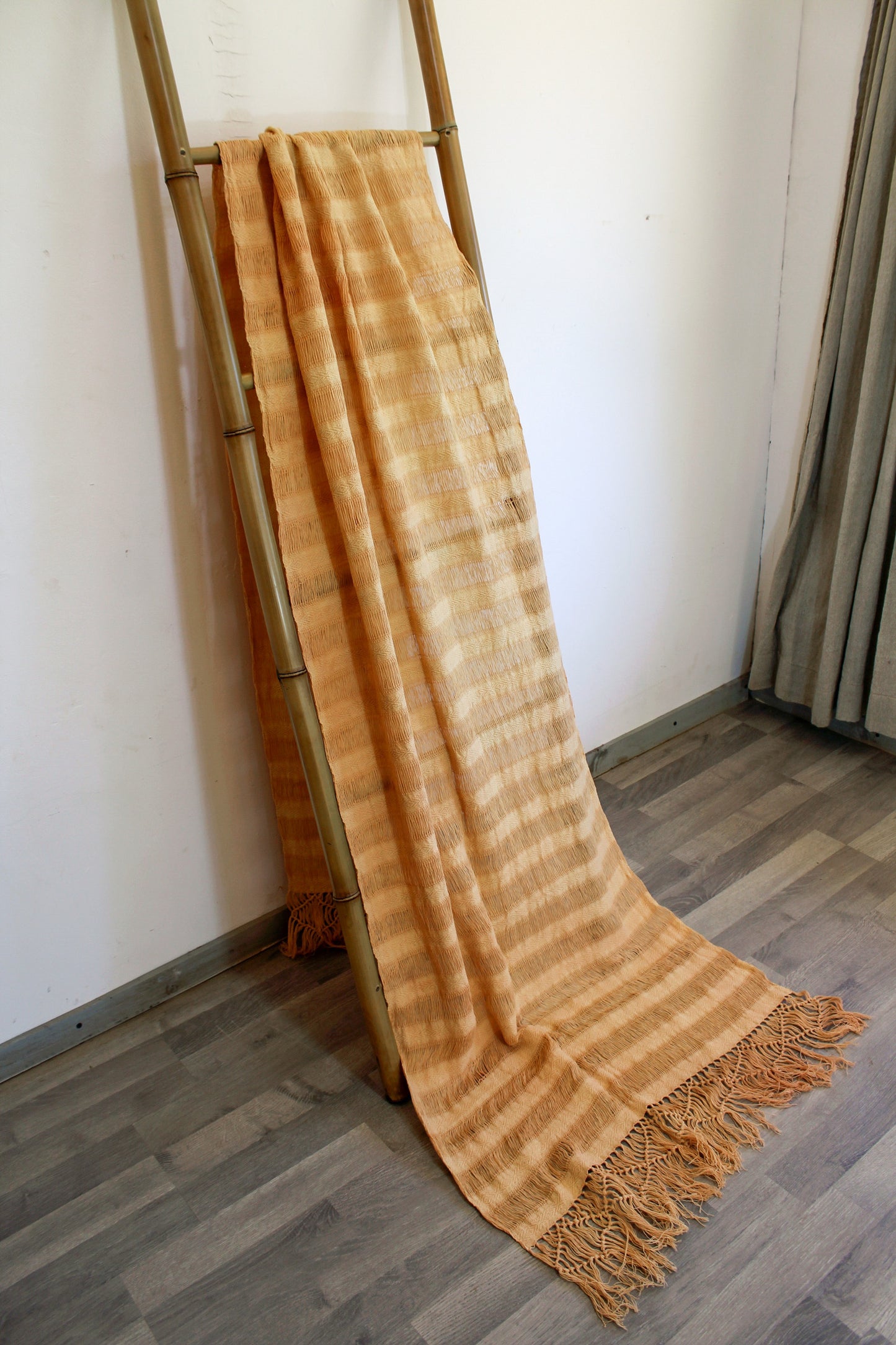

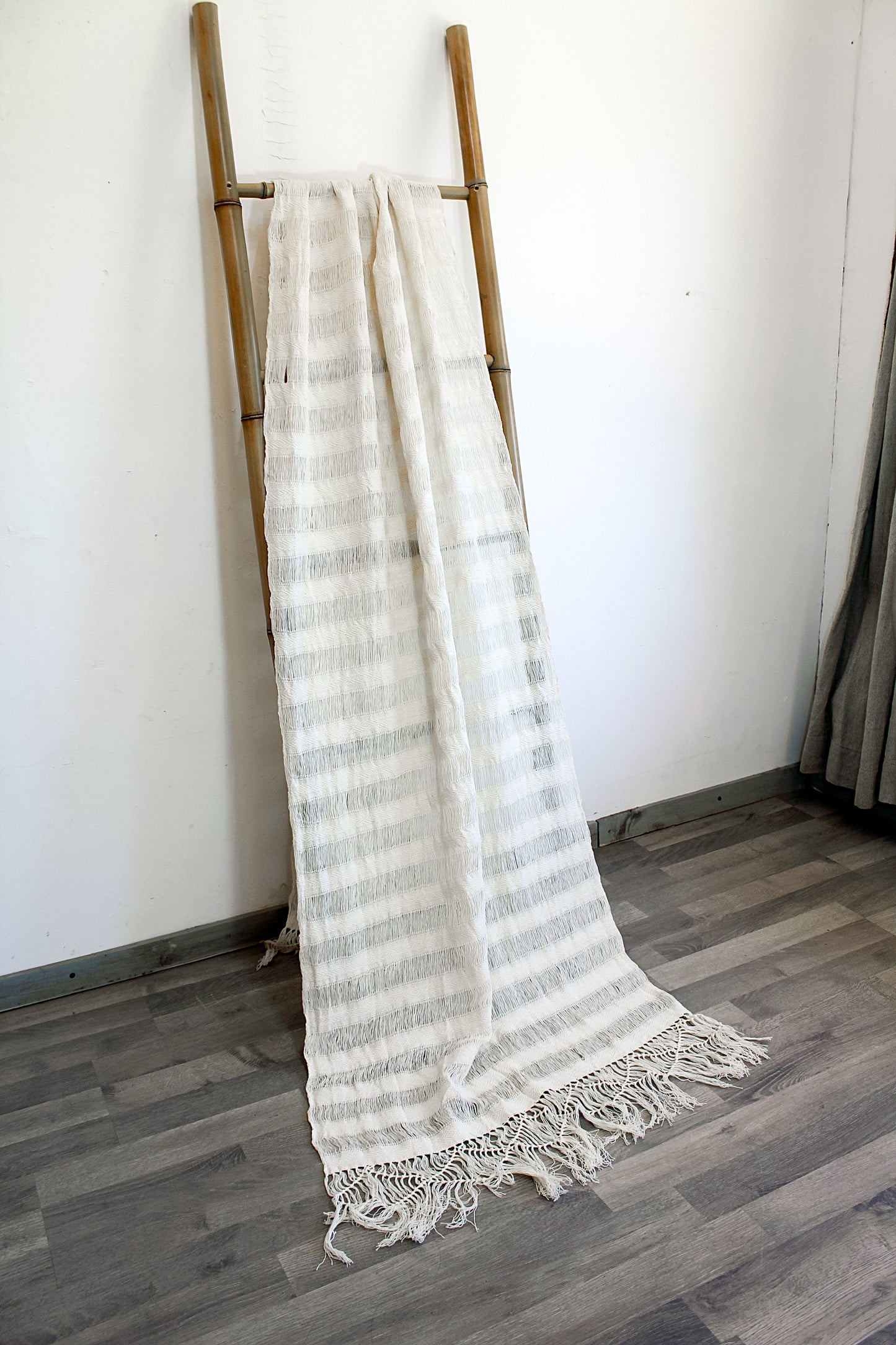
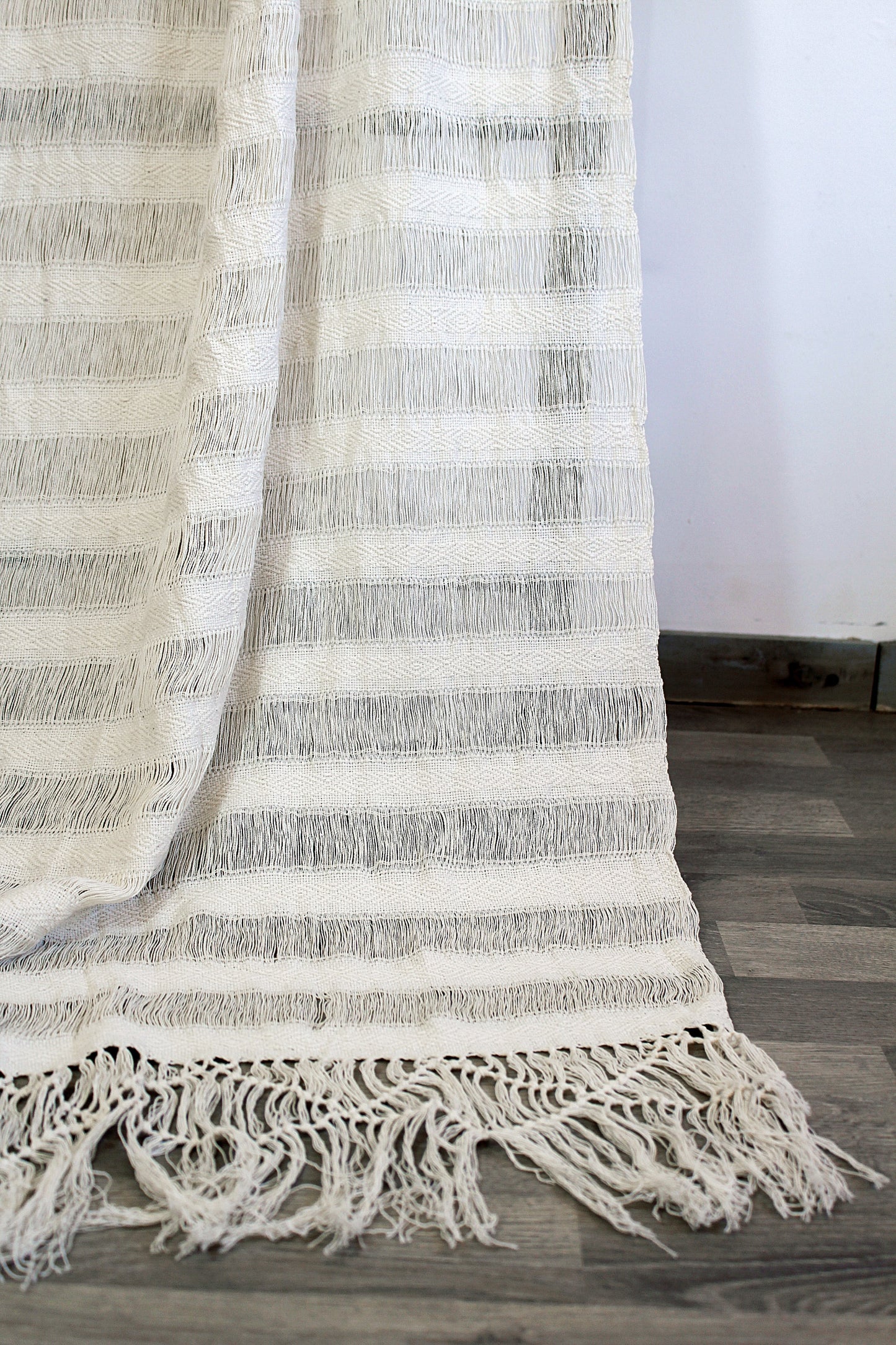
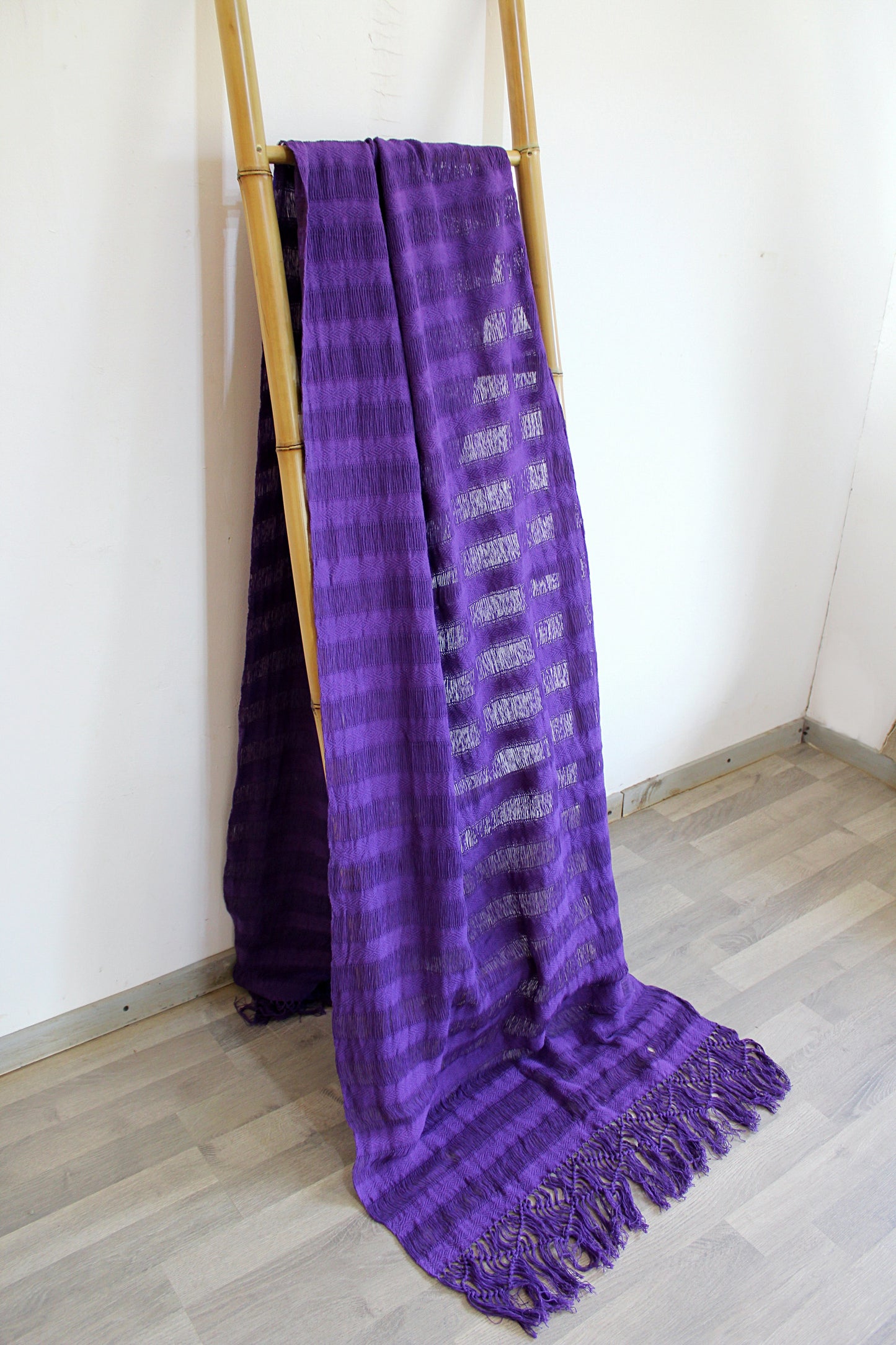
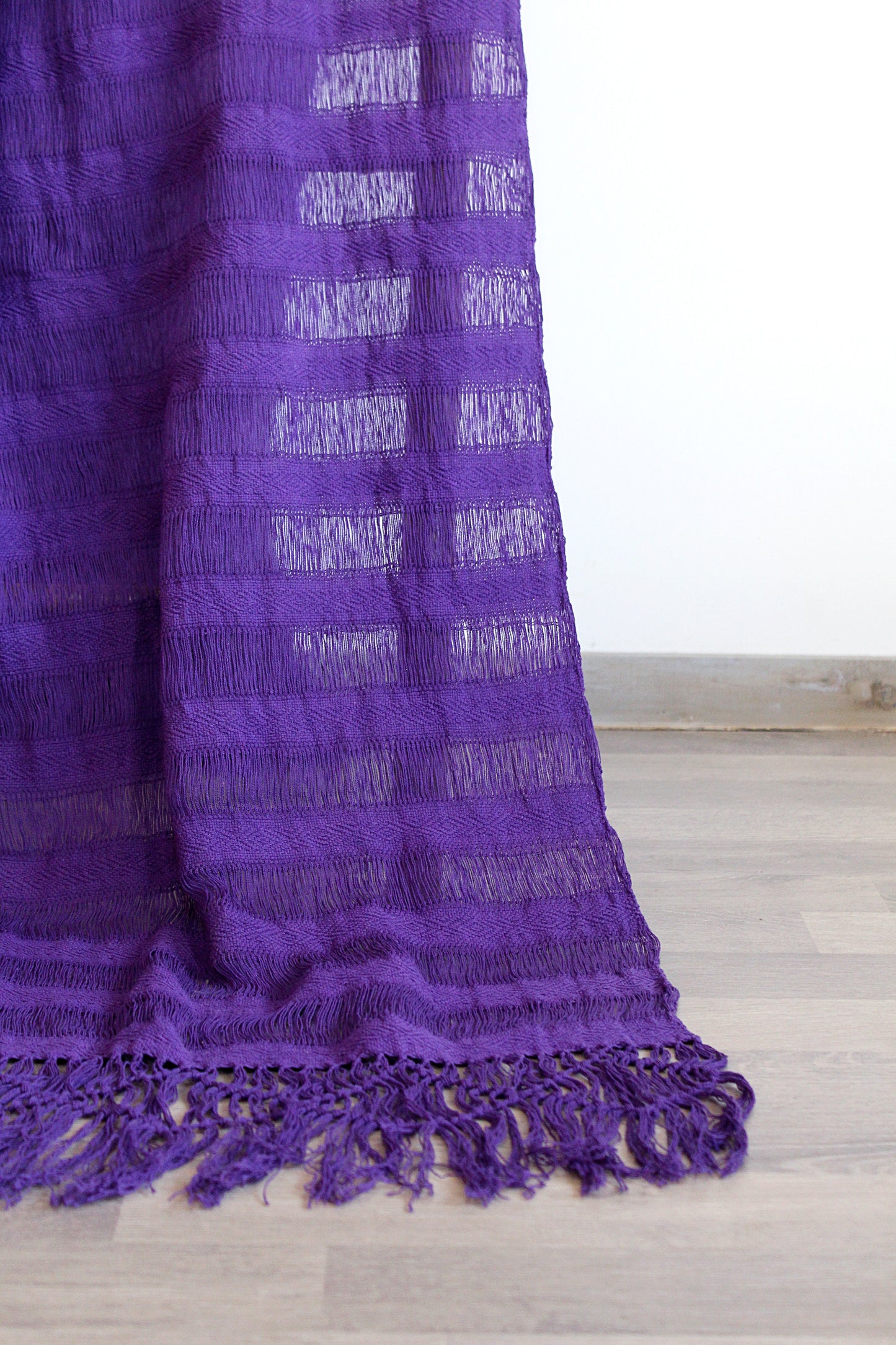
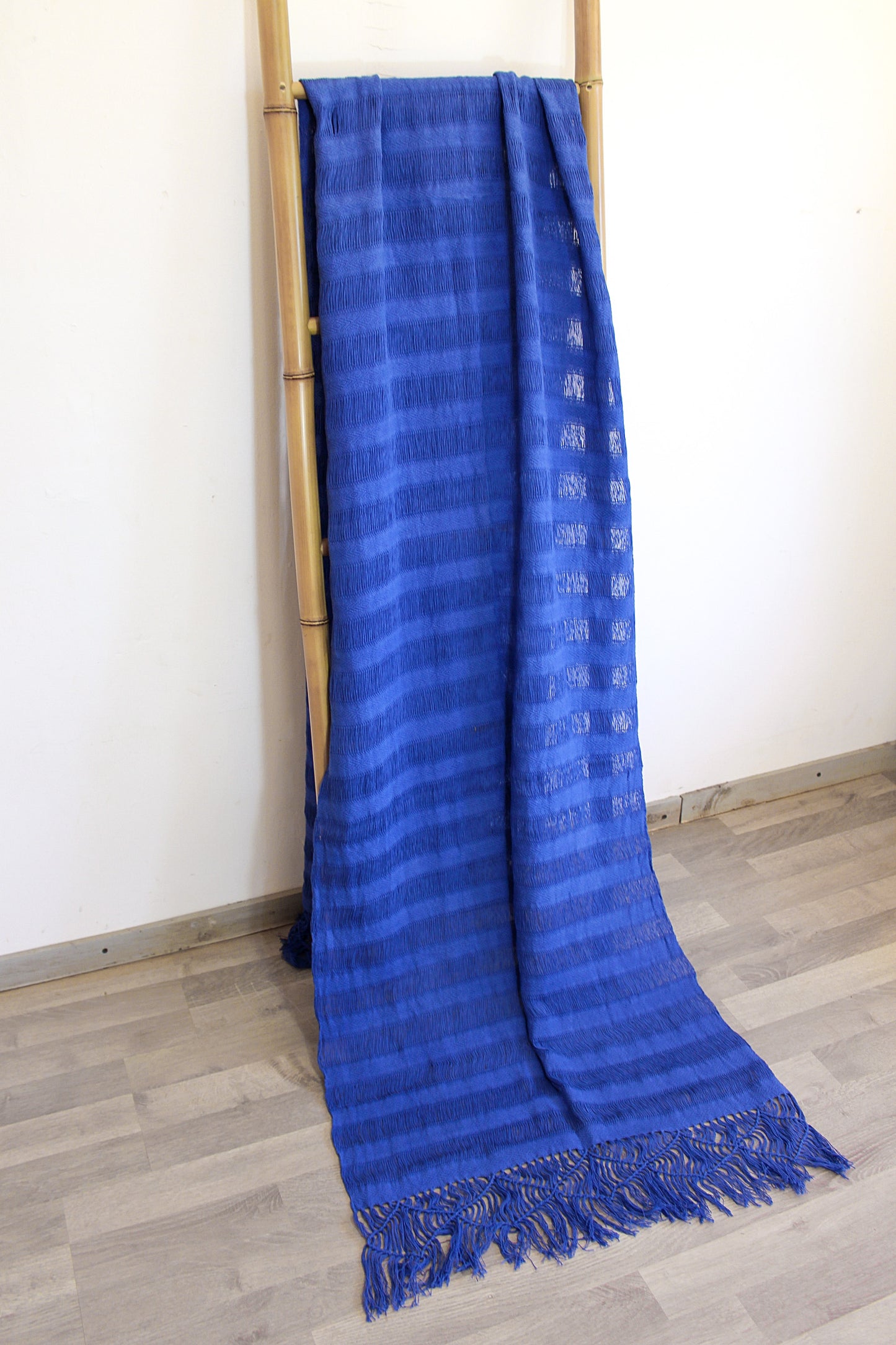

Comments
I would love to learn from a traditional midwife but I am based in South Africa where our weak currency makes it impossible for travel. How I wish I could do a video call session with one if these wonderful ladies! I have grown such a love for rebozo and I wish dearly to teach South Africans of it’s sacredness as well as its uses. I’m a rebozo distributor (I buy direct from Mexico) and doula, and I long to be a teacher of this wonderful art one day too.
Hola Caresse,
Doña Queta is such a wonderful woman, healer and midwife. It’s heart warming to hear you have met her and that it has touched your life as well. She is a treasure of Oaxaca and Mexico.
I was blessed to learn about rebozos from Dona Queta when I lived in Austin—an absolutely wonderful and wise woman. Attending her rebozo presentation is one of the highlights of my life.